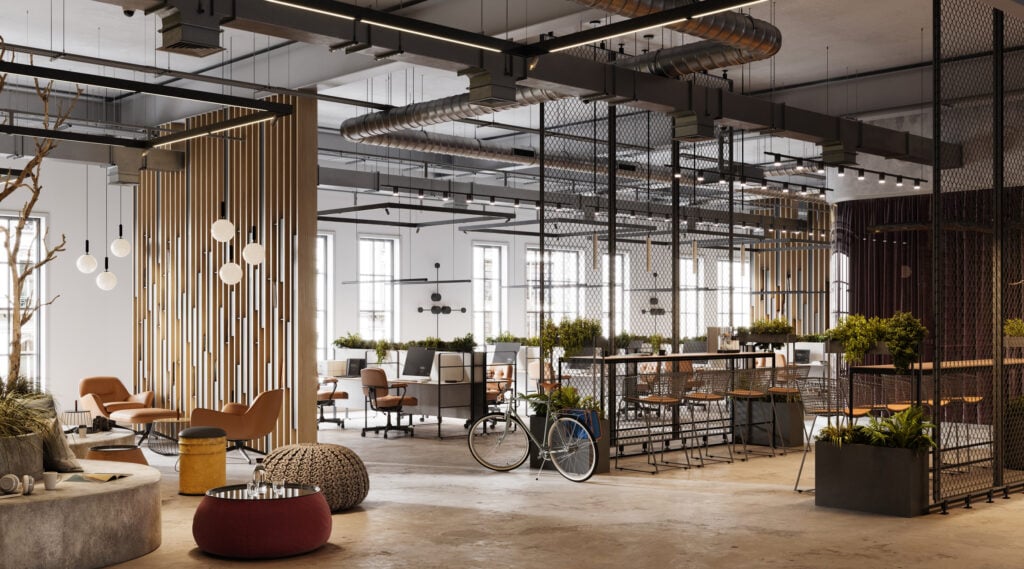In the past, the average office was laid out in clusters of partitioned workstations, with cubicles designed to provide an improved acoustic environment as well as offer privacy.
Then, the “open-plan office” arrived and quickly became the new normal. Gone were the cubicles, gone were the private offices for management and all of a sudden everyone was sitting in rows of desks. Breakout spaces became a normalcy and quite often the managers were sitting there next to their staff.
Offices became louder which has had a tangibly negative effect, not only on employees but also work culture. A recent survey by Oscar acoustics has shown some alarming statistics.
One in four employees say that excessive noise is causing them stress. Over three quarters of employees report that excessive noise is hindering their ability to do complete tasks effectively, and nearly one third report “snapping” at a noisy college. Employee relationships are breaking down and that’s impacting productivity, the very driving force behind any successful business.
Employees respond to excessive noise in a number of ways. They tune out by wearing headphones, others may leave passive aggressive notes for loud colleges, while they rest simply talk louder to compensate, which of course just exacerbates the problem.
When covid spread around the world and working from home became the norm, the number one benefit reported by most workers was an increase in productivity. Some surveys place the increase as high as 41%. Why? Because they were no longer being distracted by noisy colleagues.
Most reported being less stressed and therefore better able to concentrate, hence excessive noise is the main reason managers are finding it difficult to entice them back. Having a remote workforce impacts collaboration and creativity, but who would want to leave their nice cozy homes to return to a cacophonous office?
Sadly half of all architects and interior designers’ surveyed say that most of their clients aren’t interested in acoustic design during the design phase and only consider it when the negative effects of excessive noise becomes apparent. When implemented in the design phase, adroit acoustic design is a relatively easy process but attempting to implement it as a second thought is rather tricky.
Acoustic design in the office is not just about sound insulation, it’s about understanding the tasks that your employees will be performing and designing the office to accommodate that.

Most people do a range of tasks every day, so offering different environments suited to different tasks is important. This will help segregate noisy tasks from quiet tasks – seems logical doesn’t it?
Good sound absorbing materials like PET felt panels and ceiling baffles help reduce the overall sound transmission. Having meeting rooms with teleconferencing technology can stop employees conducting meetings at their desks. Reducing hard flooring surfaces will mitigated sound reflection.
The benefits of a quiet environment will decrease employee stress, increase the quality and quantity of work output, whilst overall enhancing the experience of being in the office.
Employees and visiting clients may never pick up on the fact that your office has great acoustic design, but they’ll definitely notice if it doesn’t.










